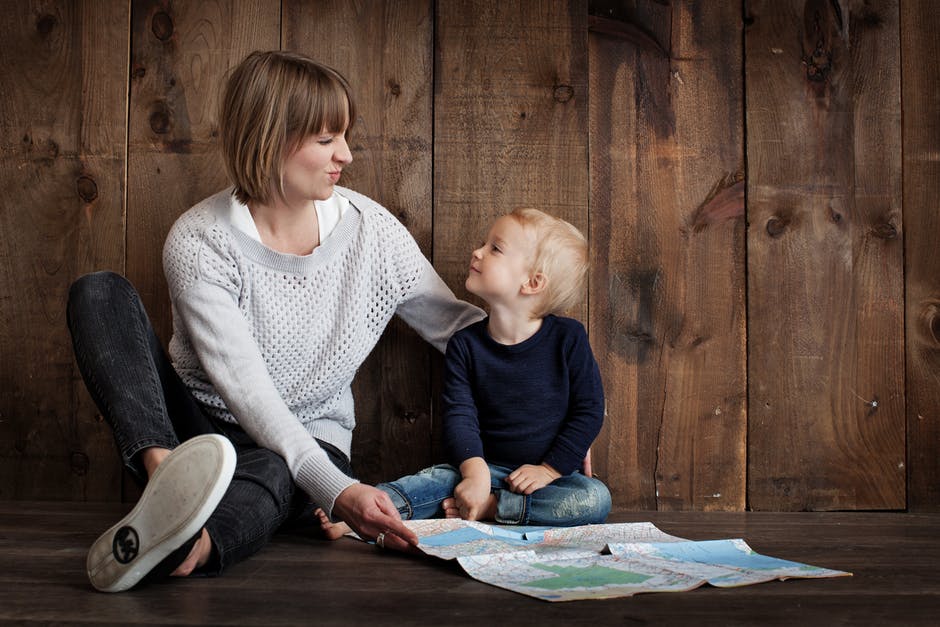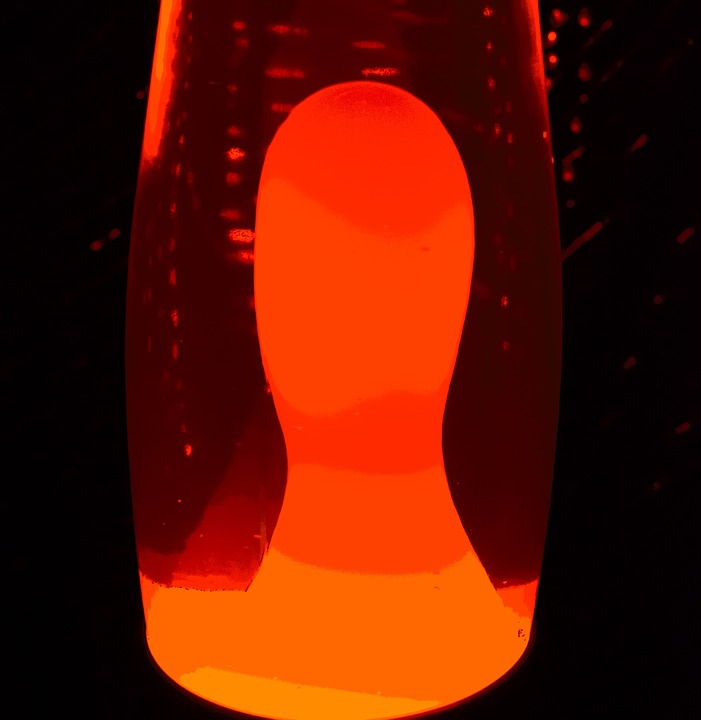Creative Science Projects for Children Using Household Items
Children love to experiment and create things. Be it throwing a rattle off the table, playing with bath bubbles and foam, or building tall towers from blocks, children inherently know how to keep themselves busy. Older children indulge in imaginative scenarios, draw and color intricately and show interest in science and art and crafts.
Despite the image of being ‘tough’ subjects, we can all agree that science experiments are mind-bogglingly awesome. Here’s how you can make playtime educational and productive by carrying out a few science experiments this summer!
Do you know what’s the best part? You don’t require a high-tech laboratory like Dexter. You can do some neat, hands-on science experiments right at home with everyday household items!
Try out these awesome science projects and have an amazing time! Share on XTry out some of the following science projects and have an amazing time!

Create a Roaring Tornado in a Bottle
The violently rotating column of air is a fascinating phenomenon that can scare the life out of us. You can help your kids whip up their very own tornado in a bottle! Here is the catch… It is a lot safer!
Ingredients an Instructions
- Water
- Glass bottle or a jar
- Glitter
- Dish washing liquid
Fill up the bottle with water until it is around three quarters full. Sprinkle a few drops of dish washing liquid and a pinch of glitter. Seal the cap tightly and put the bottle upside down and spin it quickly for a while. Voila! There will be a tiny tornado raging in the water. When you move the bottle in rapid circular motions, a vortex is created in the water that resembles a tornado. The vortex is demonstrating centripetal force. Apart from tornadoes, hurricanes and waterspouts also exhibit vortexes. Watch the tutorial here.
Watch this tornado roar! Here is how you can make one! Share on XA Colorful Water Density Rainbow
Rainbows… Who doesn’t love rainbows? My nieces loved this colorful science project, and I will admit that I enjoyed it as well. When you can’t spot a rainbow in the sky, make your own.
Ingredients and Instructions
- Sugar
- Food coloring
- Water
- 4-5 clear glasses
Mix some sugar and food coloring in different quantities in water to make it more or less dense. It is simple! Take 5 glasses and fill them up with hot water until it reaches one quarter. In each glass, add different quantities of sugar. For instance, the first glass gets 1 tbsp, the second one gets 2 tbsp and so on. Add food coloring in all the glasses. Stir well to completely dissolve the sugar. Now it is time to layer the water! The glass with the maximum amount of sugar will be the base of the rainbow. Pour the layers very slowly and your beautiful rainbow will be ready! It will remain intact for at least a day. While children watch the rainbow in full enthusiasm, teach them about mass, volume, and density. Read the full tutorial here!
When you can't spot a rainbow in the sky, make your own! Share on XGooey Gooey Slime Time
Give your kids some slime and they will be busy playing with it for hours. The gooey slimy stuff fascinates children to no end. The good thing is you don’t have to pay a hefty amount to buy it from a store. Knock up your own right at home!
Ingredients and Instructions
- White wood glue
- Borax powder
- Glitter
- Food coloring
- Water
Take a container and add one tablespoon of glue and one tablespoon of water. Sprinkle some glitter and food coloring and stir. In another container, make borax solution by mixing one teaspoon of borax powder with one tablespoon of water. Combine both solutions together with your hands and you will notice the slimy texture! Fabricate your slime in different colors and store it in an airtight jar. Through slime, children will learn about polymers, and how they behave as liquid and solid at the same time. Watch the tutorial here.
Kids these days just love slime and messing with the gooey stuff, show them how it's done Share on XThe Glowing Lava Lamp

Let’s be honest here, we wouldn’t want to come across lava at all. The molten hot liquid better remains inside the volcanic mountains. But hey, how about forging a cool lava lamp with your kids?
Ingredients and Instructions
- Glass jar with lid
- Water
- Food coloring
- Glitter
- Oil
- Salt
- Flashlight
Fill the jar with water until it is three quarter full. Sprinkle a few drops of food coloring and a pinch of glitter. Now, fill up the remaining jar with oil and let the mixture separate. Add salt and bubbles will form, and if you turn off the lights and put a flashlight behind the jar, you will see the lava lamp glow. Whenever you want to see the groovy effect, add more salt! The experiment teaches the kids about chemical reactions between acid and base, hydrophilic and hydrophobic properties and relationship between water and oil. Watch the full tutorial here.
How about forging a cool lava lamp with your kids? Share on XThe Very Secretive Invisible Ink
Do you have important letters to write that nobody can uncover? Well, we have just the perfect ink for you! Jot down the secrets without a single fear!
Ingredients and Instructions
- Lemon juice
- Water
- Q Tip
- White paper
- Light bulb
Mix one tablespoon of lemon juice with few drops of water. Dip the Q tip into the solution and write the message on a white paper. Let it dry. Later, hold the paper in sunlight or against a warm light bulb, and heat will cause the message to appear. What is the science behind it? Oxidation, a chemical reaction resulting in a loss of electrons.
Do you have important letters to write? Well, we have just the perfect ink for you! Share on X
The Magic Balloon
It is a simple science experiment that teaches kids about how yeast works. Whenever I am baking, my nieces demand that I carry out this magical balloon experiment.
Instructions and Ingredients
- Active dry yeast
- A bottle with narrow opening
- A balloon
- Sugar
- Warm water
Pour 1/4 cup of lukewarm water in a bottle and add 1 teaspoon of sugar and stir. Now pour one packet of active dry yeast. Cover the lid with the neck of the balloon. Let the show begin! Watch the balloon inflate magically! Apart from the wow-factor, it is all science! Yeast is a type of fungi that feeds off sugar. During the process, it releases carbon dioxide that fills up the balloon. Keep an ear on the growing balloon and you can hear the popping bubbles! Watch the tutorial here.
Vanishing Egg Shells
This one is the favorite of my nieces and we have done it plenty of times. It is quick and fun!
Ingredients and Instructions
- Egg
- Vinegar
- A glass jar with lid
Put your egg in a glass jar and fill it up with vinegar. There will be an instant reaction and bubbles will form on the egg shell. Keep it aside for a week and watch the egg swell! After a week, take the enlarged egg out and bounce it like a ball! The magic behind it is a simple acid-base chemical reaction. The calcium carbonate in the eggshell reacts with the acetic acid in the vinegar causing the eggshell to be dissolved. Don’t try to eat the egg! Watch the full tutorial here.
Vanishing Egg Shells! This one is the favorite of my nieces. Share on XWe hope these simple and fun experiments keep your scientists busy! Do let us know how it goes!









